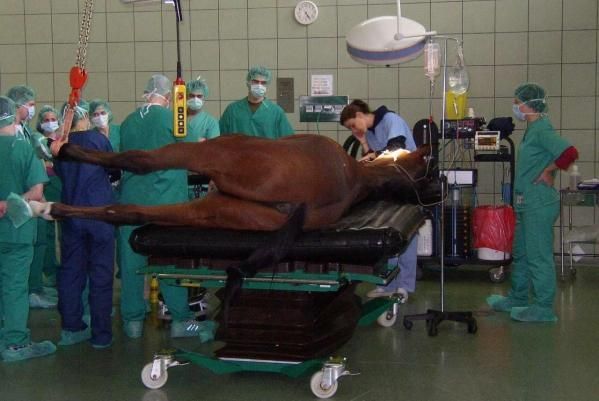Medicina y Cirugía Animal
Departamento

Raquel
Martín Hernández
Publicacións nas que colabora con Raquel Martín Hernández (18)
2022
-
First description of Lotmaria passim and Crithidia mellificae haptomonad stages in the honeybee hindgut
International Journal for Parasitology, Vol. 52, Núm. 1, pp. 65-75
-
The Haptomonad Stage of Crithidia acanthocephali in Apis mellifera Hindgut
Veterinary Sciences, Vol. 9, Núm. 6
2020
-
Experimental evidence of harmful effects of Crithidia mellificae and Lotmaria passim on honey bees
International Journal for Parasitology, Vol. 50, Núm. 13, pp. 1117-1124
-
Nosema apis and Nosema ceranae Tissue Tropism in Worker Honey Bees (Apis mellifera)
Veterinary Pathology, Vol. 57, Núm. 1, pp. 132-138
2018
-
Nosema ceranae in Apis mellifera: a 12 years postdetection perspective
Environmental Microbiology, Vol. 20, Núm. 4, pp. 1302-1329
2014
-
Virulence and polar tube protein genetic diversity of Nosema ceranae (Microsporidia) field isolates from Northern and Southern Europe in honeybees (Apis mellifera iberiensis)
Environmental Microbiology Reports, Vol. 6, Núm. 4, pp. 401-413
2013
-
Apoptosis in the pathogenesis of Nosema ceranae (Microsporidia: Nosematidae) in honey bees (Apis mellifera)
Environmental Microbiology Reports, Vol. 5, Núm. 4, pp. 530-536
-
Comparative study of Nosema ceranae (Microsporidia) isolates from two different geographic origins
Veterinary Microbiology, Vol. 162, Núm. 2-4, pp. 670-678
2012
-
The effect of induced queen replacement on Nosema spp. infection in honey bee (Apis mellifera iberiensis) colonies
Environmental Microbiology, Vol. 14, Núm. 4, pp. 845-859
2010
-
Natural infection by Nosema ceranae causes similar lesions as in experimentally infected caged-worker honey bees (Apis mellifera)
Journal of Apicultural Research, Vol. 49, Núm. 3, pp. 278-283
-
The differential development of microsporidia infecting worker honey bee (Apis mellifera) at increasing incubation temperature
Environmental Microbiology Reports, Vol. 2, Núm. 6, pp. 745-748
2009
-
Effect of temperature on the biotic potential of honeybee microsporidia
Applied and Environmental Microbiology, Vol. 75, Núm. 8, pp. 2554-2557
-
Honeybee colony collapse due to Nosema ceranae in professional apiaries
Environmental Microbiology Reports, Vol. 1, Núm. 2, pp. 110-113
-
Horizontal transmission of Nosema ceranae (Microsporidia) from worker honeybees to queens (Apis mellifera)
Environmental Microbiology Reports, Vol. 1, Núm. 6, pp. 495-498
2008
-
Detection of infective Nosema ceranae (Microsporidia) spores in corbicular pollen of forager honeybees
Journal of Invertebrate Pathology, Vol. 97, Núm. 1, pp. 76-78
-
How natural infection by Nosema ceranae causes honeybee colony collapse
Environmental Microbiology, Vol. 10, Núm. 10, pp. 2659-2669
-
Regurgitated pellets of Merops apiaster as fomites of infective Nosema ceranae (Microsporidia) spores
Environmental Microbiology, Vol. 10, Núm. 5, pp. 1374-1379
2007
-
Experimental infection of Apis mellifera honeybees with Nosema ceranae (Microsporidia)
Journal of Invertebrate Pathology, Vol. 94, Núm. 3, pp. 211-217
